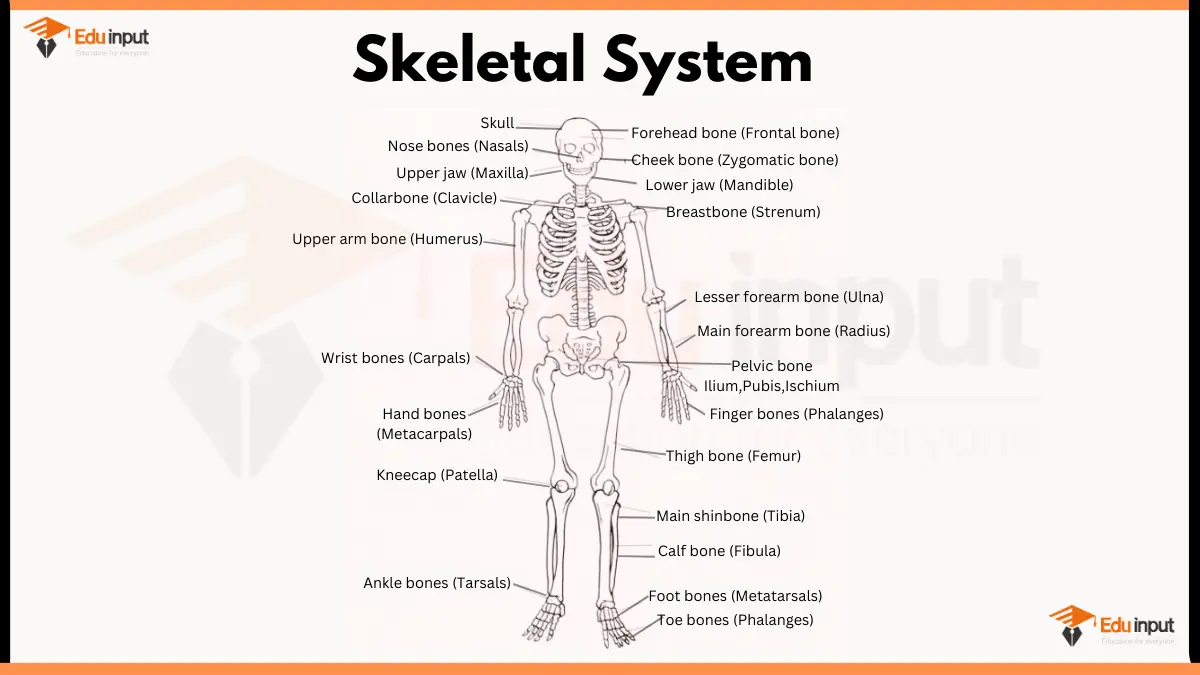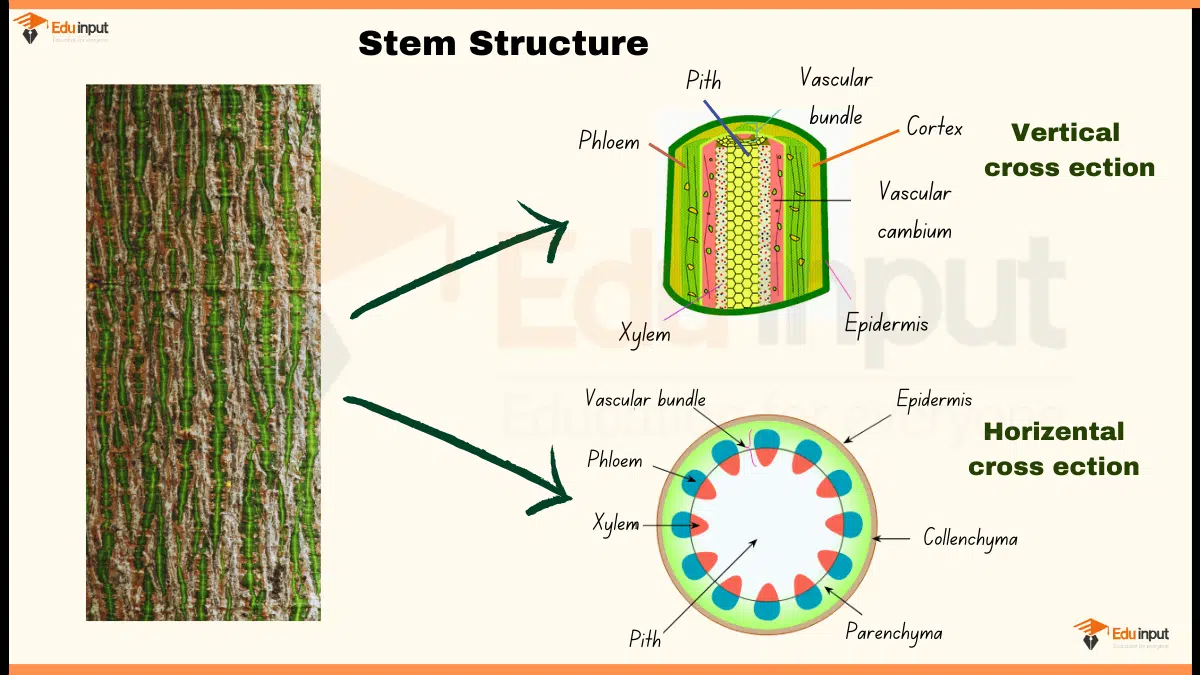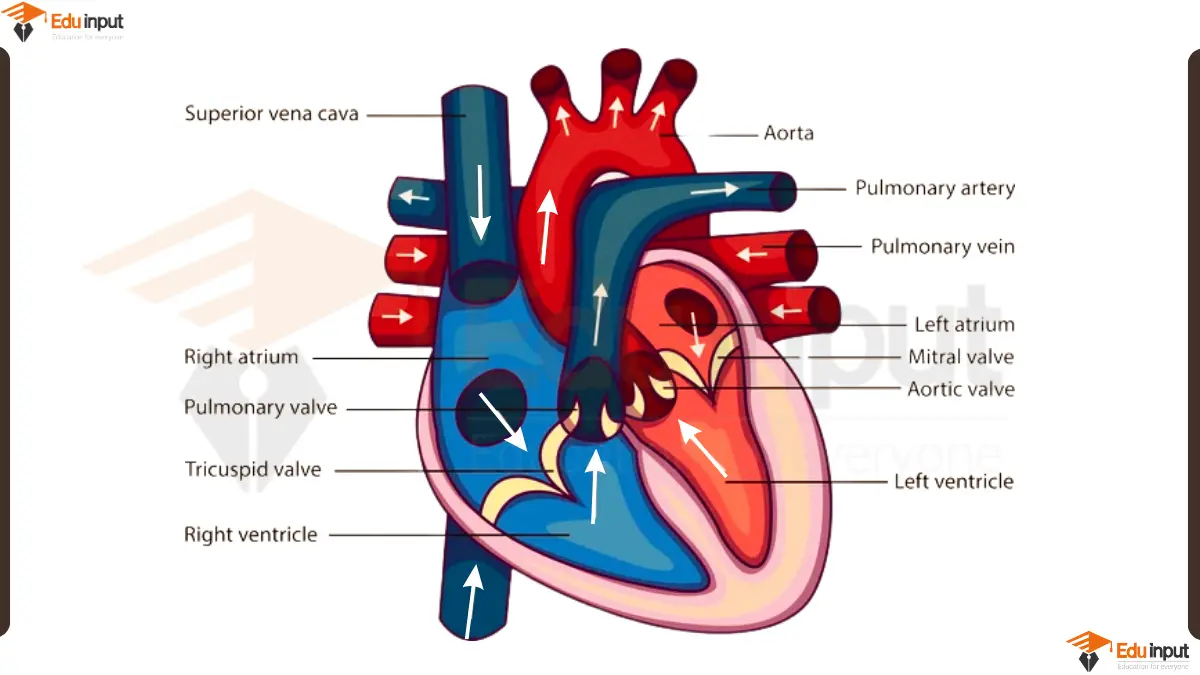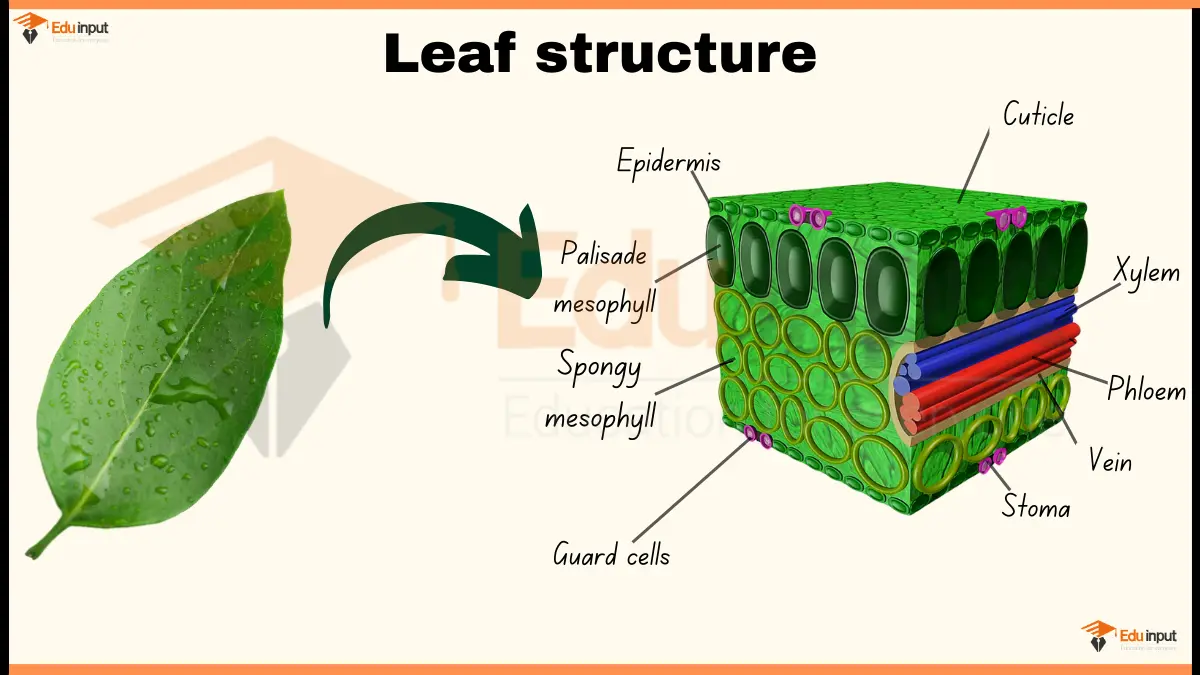Water Cycle Diagram With Explanation
February 17, 2024
Diagram of Water Cycle

Here are some of the key components of the water cycle:
- Sun: The sun is the main source of energy that drives the water cycle. It heats the water on the Earth’s surface, causing it to evaporate.
- Clouds: Water vapor that evaporates from the Earth’s surface rises and cools, forming clouds. Clouds can also be formed through condensation of water vapor in the atmosphere.
- Rain and snow: When clouds become saturated with water vapor, the water vapor condenses and falls back to the Earth as precipitation in the form of rain or snow.
- Evaporation: Water from the Earth’s surface, such as oceans, lakes, and rivers, evaporates into the atmosphere as water vapor.
- Transpiration: Plants also release water vapor into the atmosphere through a process called transpiration.
- Groundwater: Some of the water that falls to the Earth’s surface infiltrates the ground and becomes groundwater. Groundwater can eventually make its way back to the surface through springs or wells, or it can be stored underground for long periods of time.
- Runoff: Some of the water that falls to the Earth’s surface does not infiltrate the ground and instead flows over the land as runoff. Runoff eventually makes its way to streams, rivers, lakes, and oceans.
- Oceans: Oceans are the largest reservoirs of water on Earth. They play an important role in the water cycle by storing water and releasing it back into the atmosphere through evaporation.
File Under:







Leave a Reply